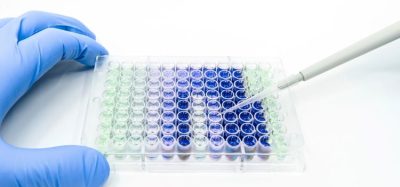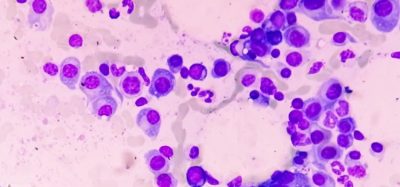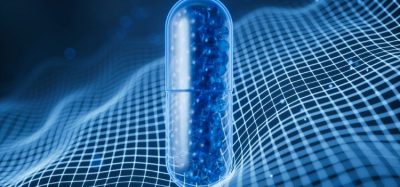Crystallographic method accelerates drug development
Posted: 27 March 2018 | Dr Zara Kassam (European Pharmaceutical Review) | No comments yet
Researchers have developed a novel method that speeds up the process of determining crystal structures of organic salts and significantly reduces the effort required to do so…


Researchers have developed a novel method that speeds up the process of determining crystal structures of organic salts and significantly reduces the effort required to do so. As about 40 percent of all active pharmaceutical ingredients are salts, this new crystallographic method is set to greatly accelerate drug development.
One of the key steps in developing new drugs is determining the atomic structure of its biologically active substances. This generally involves performing X-ray analyses of single crystal structures to determine the ingredient’s detailed three-dimensional set-up. However, growing suitable single crystals is often a complex and time-consuming process.
A research group headed up by Bernhard Spingler, the Professor at the Department of Chemistry of the University of Zurich, has now modified a method that had previously been used exclusively for the crystallisation of proteins, and successfully applied it to organic salts. The team was able to determine the crystal structures of several organic salts with significantly less time and effort. “As organic salts make up about 40 percent of all active pharmaceutical ingredients, this new method can greatly speed up the development of drugs,” says Prof Spingler.
The generation of solid salts of organic molecules is a key step in developing certain pharmaceutical ingredients. The positively and negatively charged particles that make up organic salts determine their properties, such as their solubility, crystal shape, ability to absorb water, melting point, and stability. The search for the ideal negatively charged anion to match the salt’s positively charged cation has until now been a very resource-intensive process. Thanks to the semi-automatic combination of ion exchange screening and vapour diffusion for crystallisation, this is not only done quicker and at lower costs. “We can now also determine the structures of the salt combinations directly after the screening since doing so only requires only very small amounts,” adds Prof Spingler.
Related topics
Active Pharmaceutical Ingredient (API), Clinical Development, Drug Manufacturing, Ingredients, Manufacturing, Single Use









